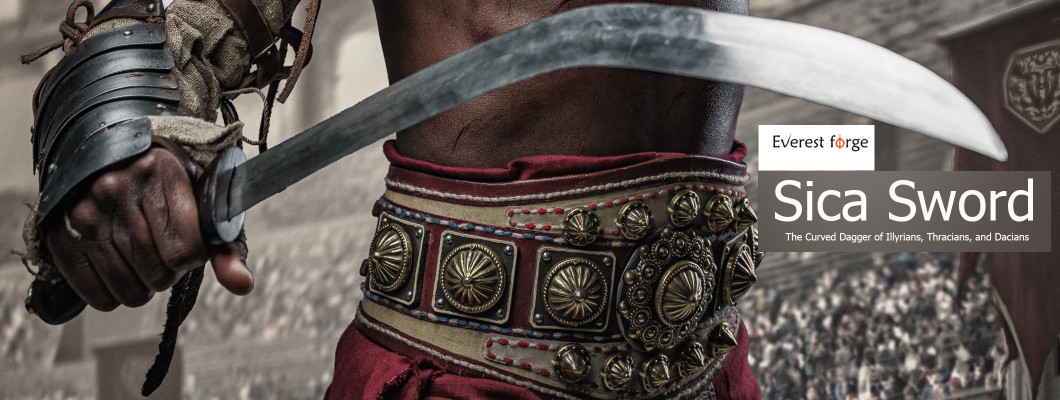
Sica Sword & Dagger: The Ultimate Symbol of Rebellion and Resilience
The sica sword—also known as the sica dagger—is one of the most distinctive weapons of the ancient world. With its deeply curved blade, this short sword emerged around the 4th century BCE in the Balkan regions, where it was widely used by the Illyrians, Thracians, and Dacians. More than a weapon, the sica became a powerful symbol of rebellion, resistance, and identity in both tribal and Roman worlds.
Origins of the Sica (4th–3rd Century BCE)
The sica originated in the mountainous Balkans and quickly became the preferred weapon of warrior tribes. Early archaeological discoveries of sica swords—dating from the 4th to 3rd century BCE—have been uncovered in modern-day Albania, Serbia, Bosnia, Romania, and Bulgaria. The blade’s inward curve allowed warriors to bypass enemy shields and armor in close combat. Compact, lightweight, and deadly, the sica was often concealed under garments, making it ideal for both battle and ambush.
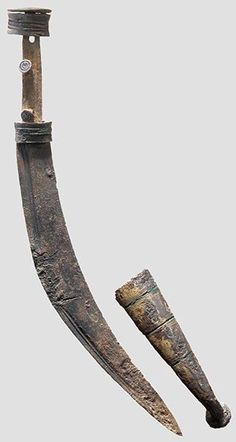
Antique Sica Sword/Dagger with a steep inward curve used by Thracians and Dacians.
Design and Variants
The sica came in several variations but shared a common design: a single-edged, inward-curving blade and a short handle. Blade lengths typically ranged from 30 to 45 cm, depending on the type. Engravings of animals, tribal symbols, and geometric designs were common and reflected both artistic taste and spiritual belief.
- Type I: Thick, compact blade with a triangular handle and deep fullers.
- Type II: Longer, more slender blades with a simple but effective design.
- Type III: Elegantly forged, often decorated with circles and fine lines, with balanced proportions and longer handles.
The Sica in Roman Gladiator Arenas
By the 1st century BCE, the sica had entered Roman arenas. It became the signature weapon of the Thraex (Thracian) gladiators, who used it to fight heavily armed opponents with large shields. The curved shape gave the sica an edge—literally—allowing fighters to attack from unexpected angles. Its performance made it a crowd favorite and a gladiator’s reliable tool for survival.
Weapon of Rebellion and Assassination
Throughout the 1st century BCE and into the early Roman Empire, the sica dagger gained notoriety beyond the arena. It was the blade of choice for rebels and insurgents, including the infamous Sicarii, who used concealed sica daggers to assassinate Roman officials and collaborators. To Roman authorities, the sica became a feared symbol of political violence and defiance.
Decebalus and the Sica: A King's Last Stand
The Dacian king Decebalus, facing defeat by the Roman legions in 106 CE, used a sica sword to take his own life rather than be captured. This moment, immortalized on Trajan’s Column in Rome, transformed the sica into a legendary weapon—forever tied to bravery, resistance, and honor in the face of conquest.
Cultural and Spiritual Significance
The sica was not merely functional—it was symbolic. Decorative carvings of snakes, eagles, and tribal emblems gave each blade meaning, perhaps denoting rank, clan, or spiritual protection. The weapon was likely used in rituals and carried by warriors as a personal talisman of strength and identity.
Forging the Sica: Craft and Materials
Sica swords were hand-forged from high-carbon steel. Blades were carefully heat-treated for both durability and flexibility. Handles were typically crafted from wood, bone, or ivory and attached using iron rivets. Many surviving examples show skilled workmanship, often with detailed patterns etched into the metal or carved into the grip.
Archaeological Discoveries
Dozens of sica swords have been uncovered in warrior graves, temples, and fortresses across the Balkans and Carpathians. Notable finds include a richly decorated sica from a 1st-century BCE Dacian tomb in Cugir (modern Romania), complete with scabbard and ceremonial gear. These discoveries highlight the weapon’s prestige and widespread use.
Legacy in Modern History and Culture
Today, the sica remains a captivating artifact of ancient warfare. It is studied by archaeologists, replicated by artisans, and displayed in museums. Its appearance in historical reenactments and documentaries keeps its story alive. Whether regarded as a short sword or large dagger, the sica's unique shape and legacy continue to inspire admiration and scholarly interest.
Why the Sica Sword & Dagger Still Matters
The sica is more than a relic—it represents a fight for identity, survival, and resistance. From Illyrian warriors and Dacian kings to Roman gladiators and rebels, those who wielded the sica left a lasting mark on history. It remains a symbol of rebellion against empires, and a tribute to the warriors who chose defiance over submission.





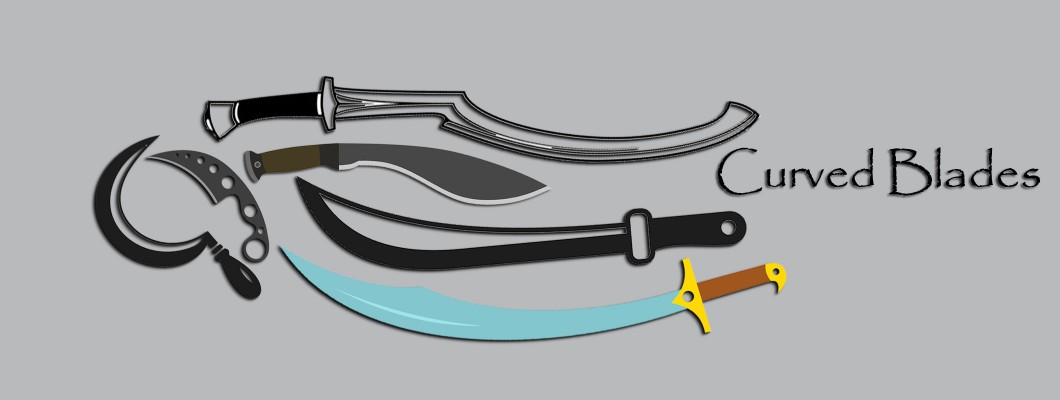
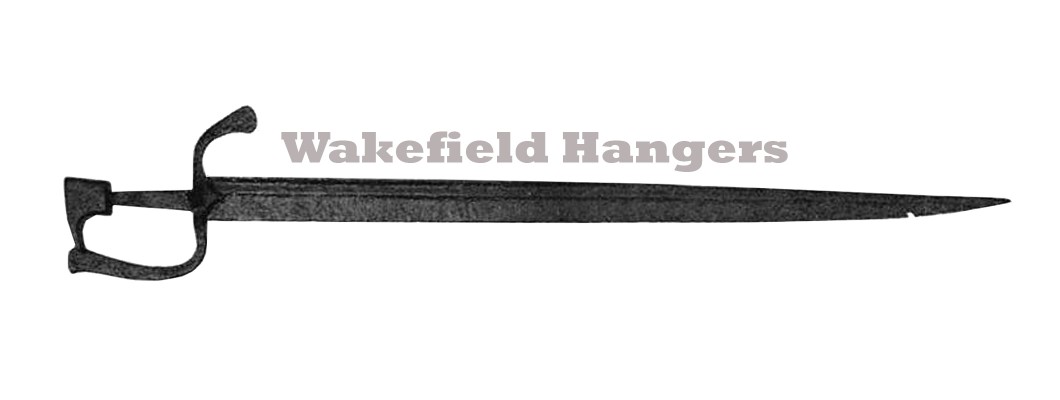



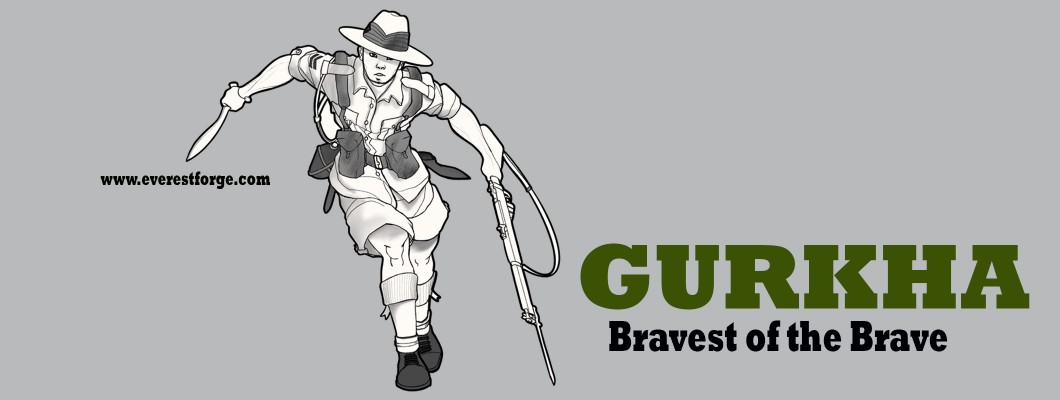
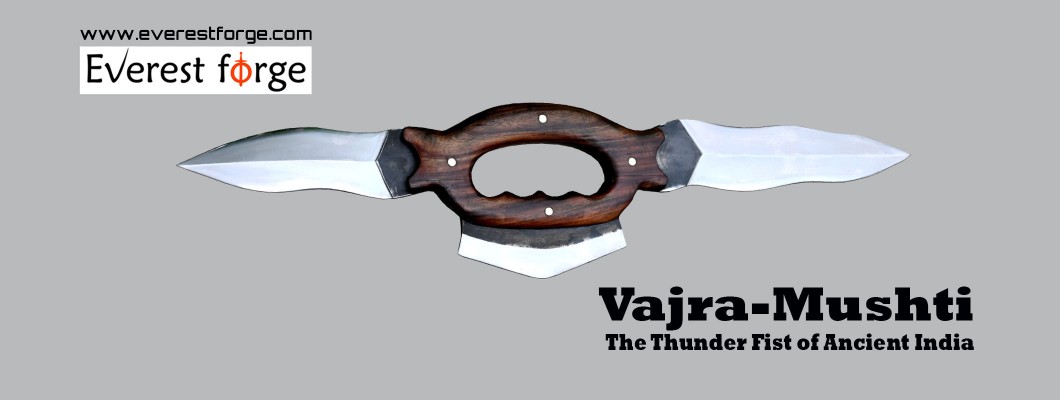
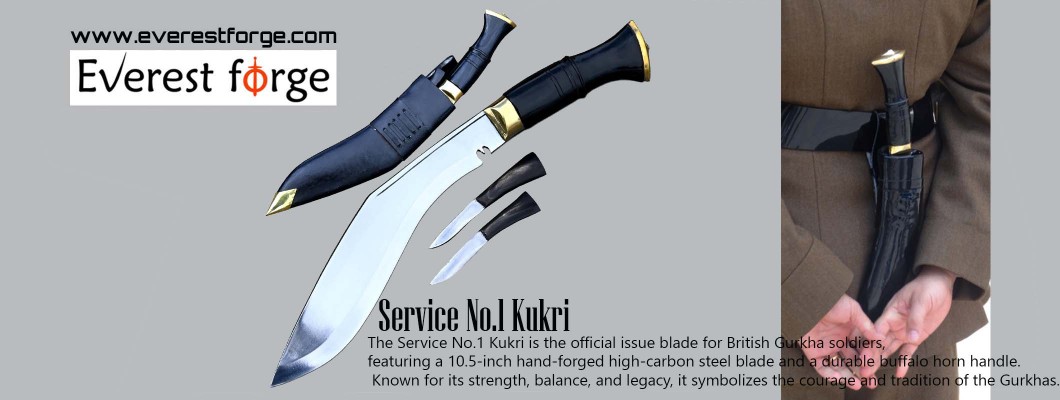
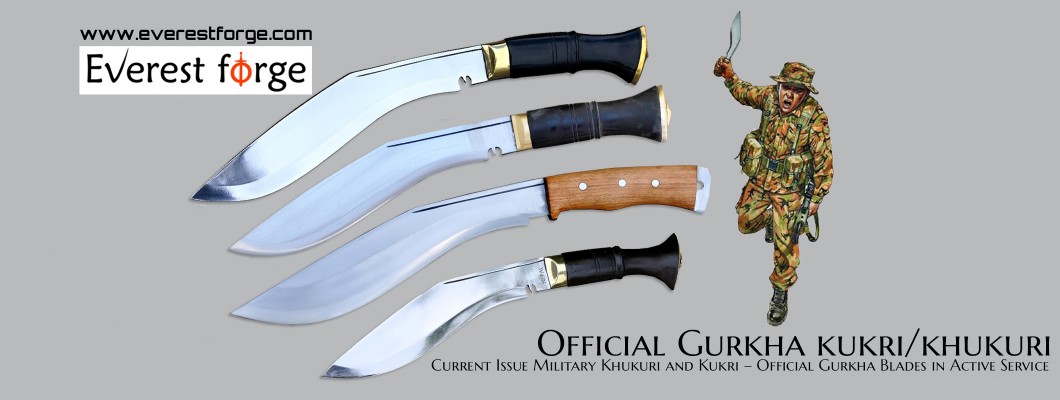
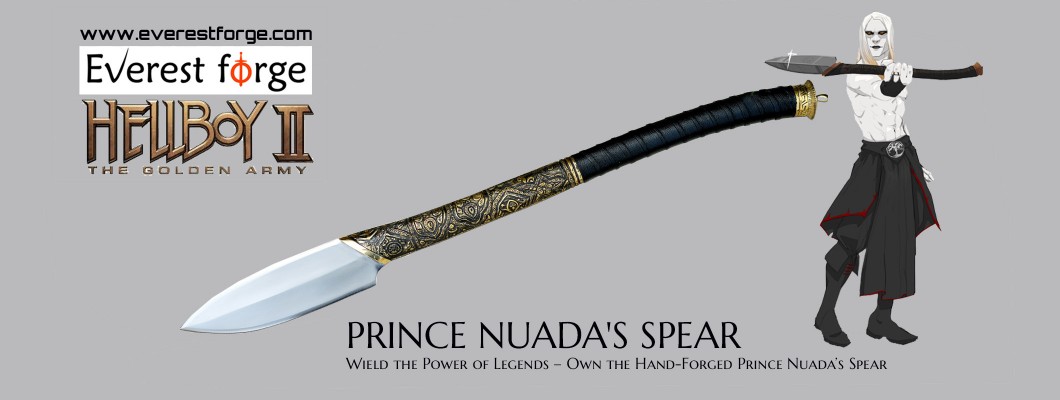

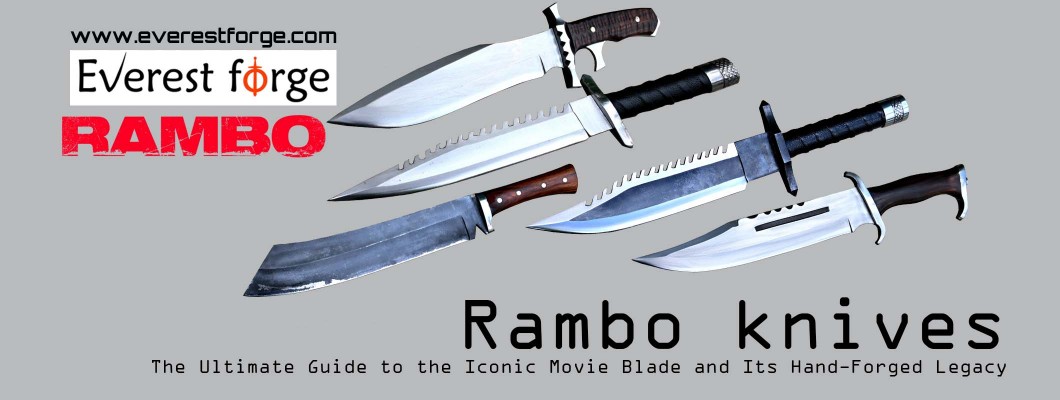





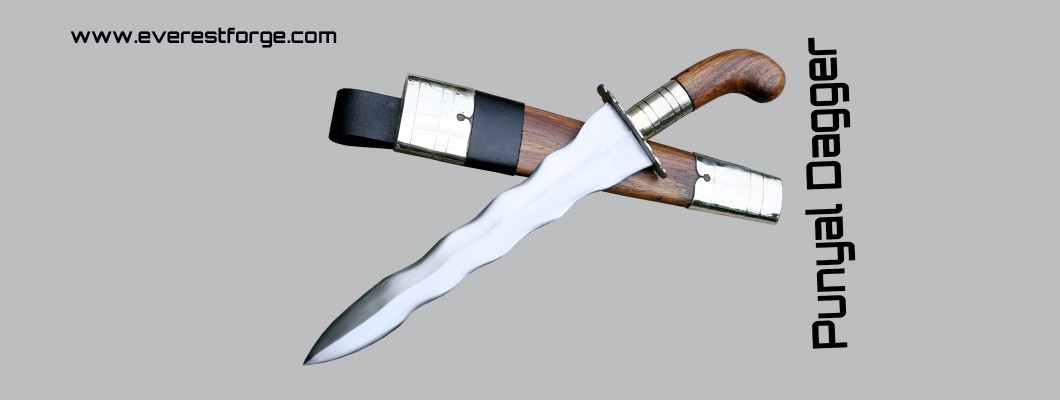
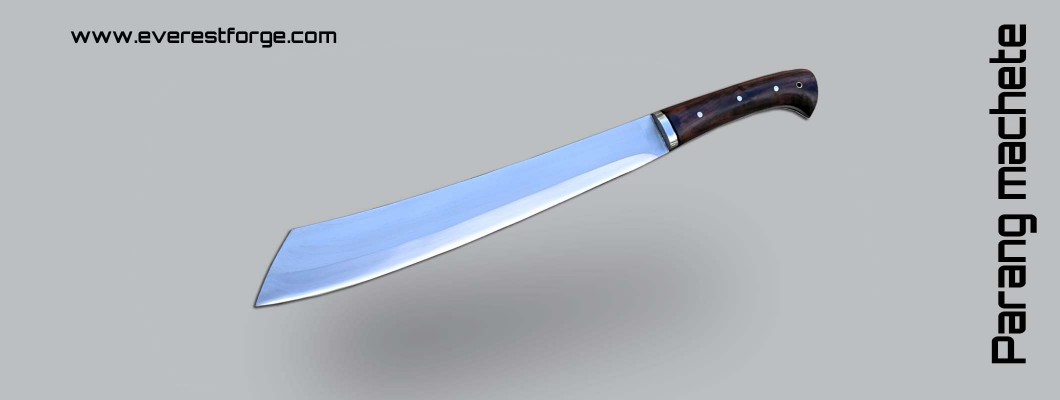
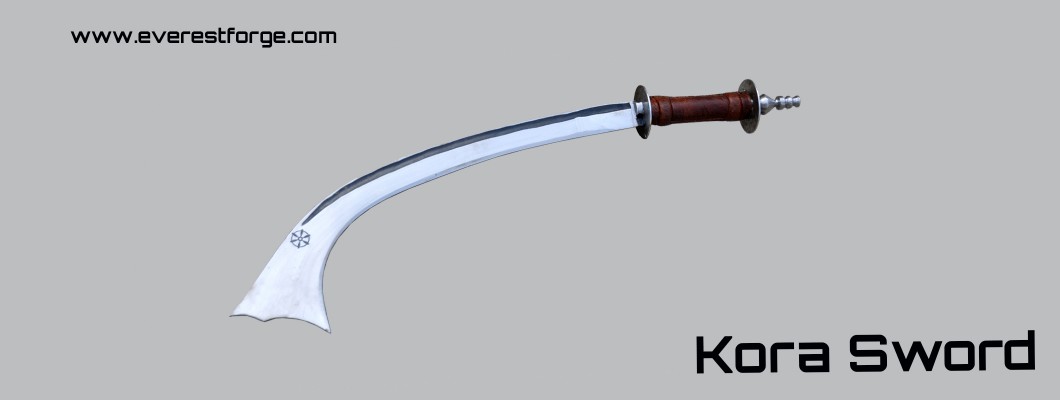
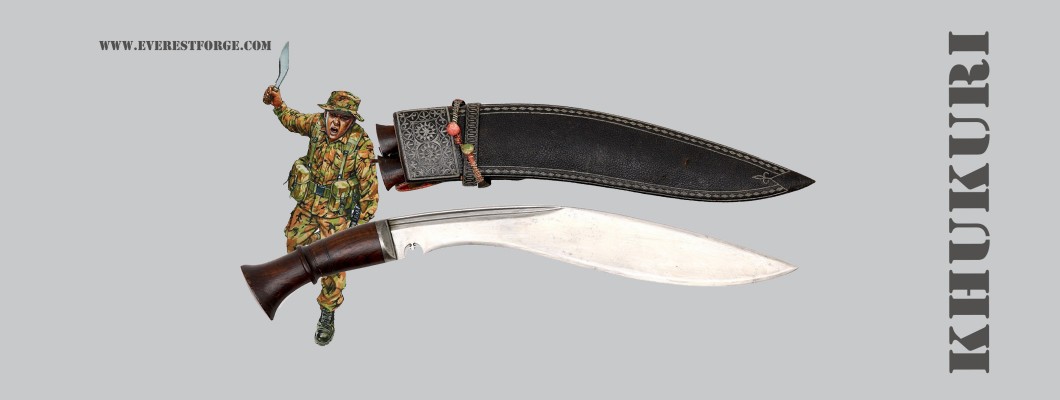
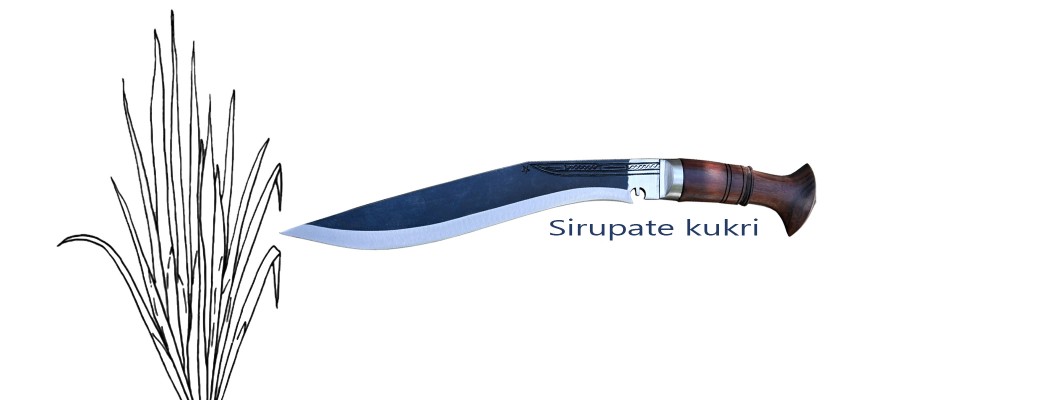
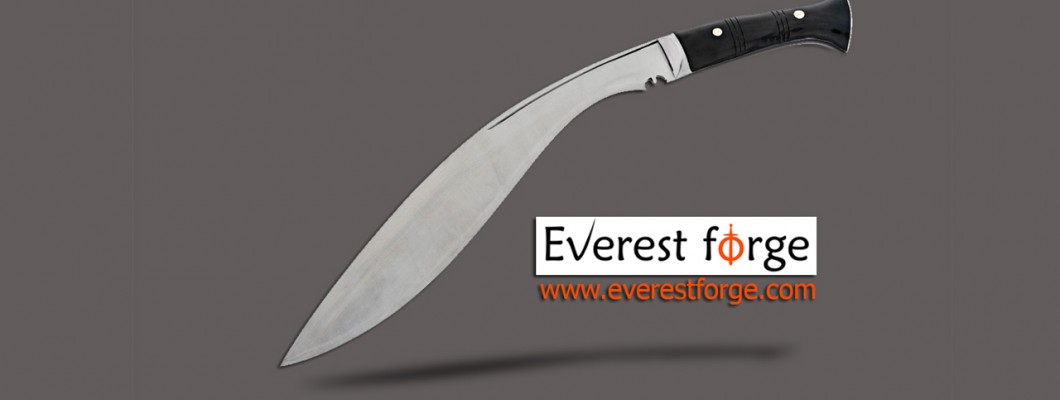
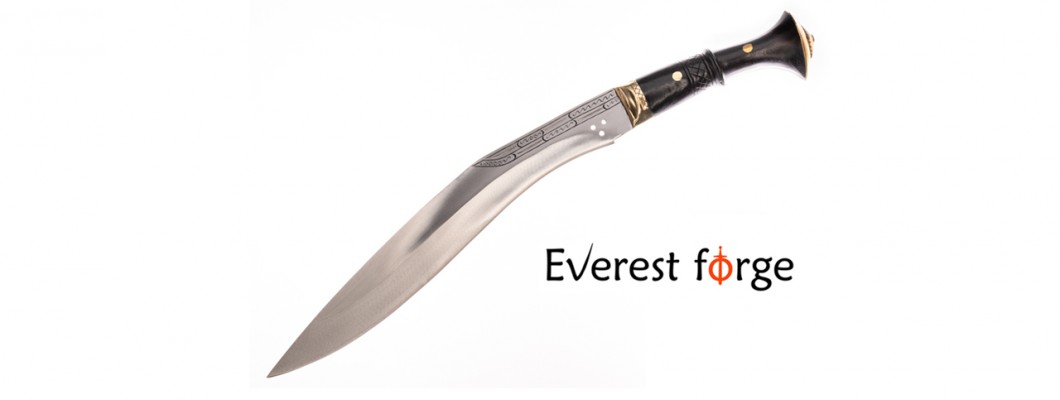
Leave a Comment